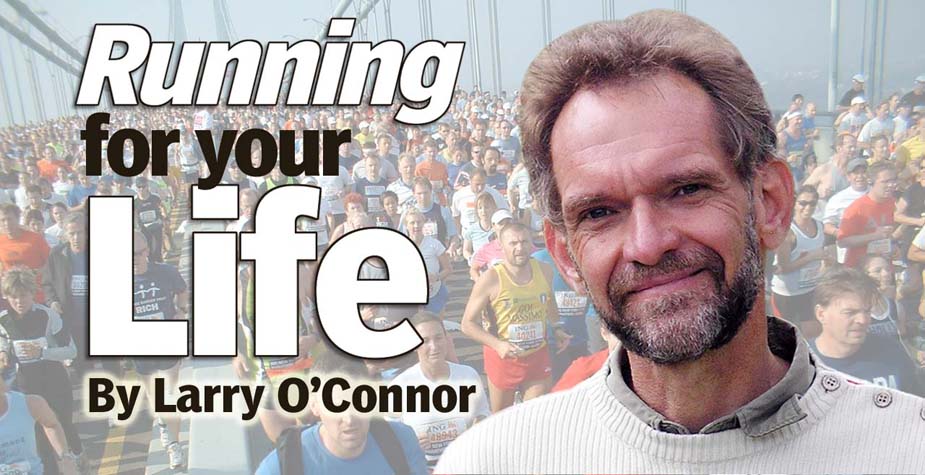NAFTA talks bog
down on definitions: Canada insists on calling an area of dispute, “Culture,” while
the US insists on the term, “Entertainment.”
SCENE:
Brooklyn 2018
Season 2, Episode
6 of the Scandinavian TV series, “The Bridge”
On a run today
(Feb. 13) I come to the realization that the crime show we are watching is so compelling
because “The Bridge,” although a concrete reality, the actual bridge between
Copenhagen, Demark, and Malmo, Sweden, it is also the bridge within. The most
defined characters are simply not as they appear, and that if you dare, the
journey into the darkness (as well as the light) of the human heart is a most
rewarding and fulfilling experience (not to mention menacing and scary).
I submit the
European “Bridge” is in the spirit of that 1985 NAFTA-talks era “culture,” a
standard that makes for more thrilling art than simple “entertainment.”
The US is capable
of such multi-layered art – “Breaking Bad” being the most recent example.
As always, Oscar
Wilde best hits the mark. During his famous lecture tour of the US in 1882, he
said he believed that the only hope for American art and culture would be if
women took over (as read in the incisively observed book, “Making Oscar Wilde”
by Michele Mendelssohn, an Oxford Press book due out in July):
“The inequalities between
American men and women startled (Oscar). In modern life, a clear division of
labor was emerging: women were becoming the tastemakers, men the moneymakers. ‘It
is only the women in America who have any leisure at all,’ Wilde observed.
Enterprising and creative women were pouncing into the foreground of American
cultural life. Meanwhile, men were receding into a hinterland of bank balances
and Broadway stores. He believed they cared too much about steam engines,
hot-water apparatuses and telephones, and not enough about art, leisure and
culture. All work and no play made American Jack a very dull boy indeed.”
Next: Running for Your Life: CURLING 2018
